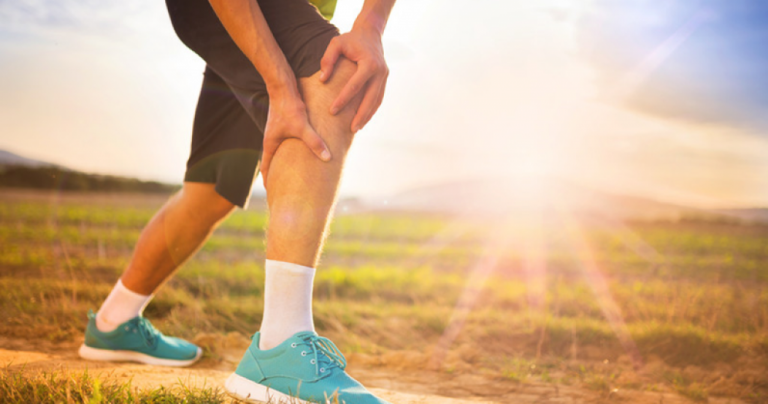
Arthritis & the Benefits of Exercise
Arthritis affects one in six people and approximately 8.4 million young adults. In general terms, arthritis means joint inflammation. The term refers to more than 100 rheumatic diseases. These are conditions that affect the joints, muscles, tendons, and bursae. The warning signs of arthritis include recurring pain, tenderness or warmth in one or more joints, early morning stiffness, unexplained weight loss, fever, and weakness combined with joint pain.
Arthritis is a chronic illness and people with arthritis benefit from a comprehensive treatment program including medication, exercise, joint protection, energy conservation, stress management, psychosocial support, OT/PT and surgery when indicated. Exercise helps maintain healthy bones, joints, and muscles. Exercise increases muscle strength and in turn, stronger muscles help support the joints. Exercise also facilitates increased circulation and this aids in the healing process during acute inflammation.
Physical Therapy plays a vital role in working with people with arthritis. By completing a comprehensive evaluation, they establish a therapeutic exercise regime specific to the person’s needs. This may include range of motion/flexibility exercises, strengthening exercises, and conditioning/strengthening exercises. Physical therapists are not only trained to teach people the correct exercises to avoid injuries but also energy conservation techniques.
A popular way for arthritis sufferers to exercise is in the water. The warmth and the buoyancy of water make it a safe environment for exercise. It helps relieve joint stiffness and pain as well as it increases circulation to help promote healing. Water supports the joints making exercise less stressful and this encourages people to exercise. The increased density of the water as compared to air also supports the body and facilitates movement.
Exercise includes everyday tasks, recreational activities and therapeutic exercise prescribed by a healthcare professional. All three types of exercise have benefits and should be a part of a complete exercise program. Exercise helps break the pain cycle, decreases stress and feelings of depression, decreases complaints of fatigue and helps increase flexibility, strength and overall function. Exercise is an important component in helping to control the effects of arthritis and plays a vital role in leading an active lifestyle.
Information: Improve Your Life An Arthritis Foundation Program in the Life Improvement Series,www.arthritis.org
The medical information contained herein is provided as an information resource only, and does not substitute professional medical advice or consultation with healthcare professionals. This information is not intended to be patient education, does not create any patient-provider relationship, and should not be used as a substitute for professional diagnosis, treatment or medical advice. Please consult with your healthcare provider before making any healthcare decisions or for guidance about a specific medical condition. If you think you have a medical emergency, call your doctor or 911 immediately. IvyRehab Network, Inc. disclaims any and all responsibility, and shall have no liability, for any damages, loss, injury or liability whatsoever suffered as a result of your reliance on the information contained herein.